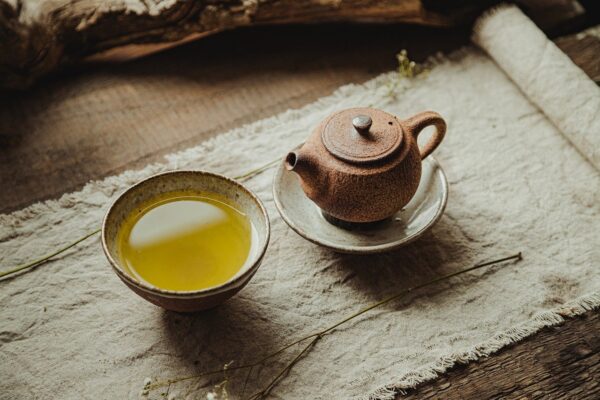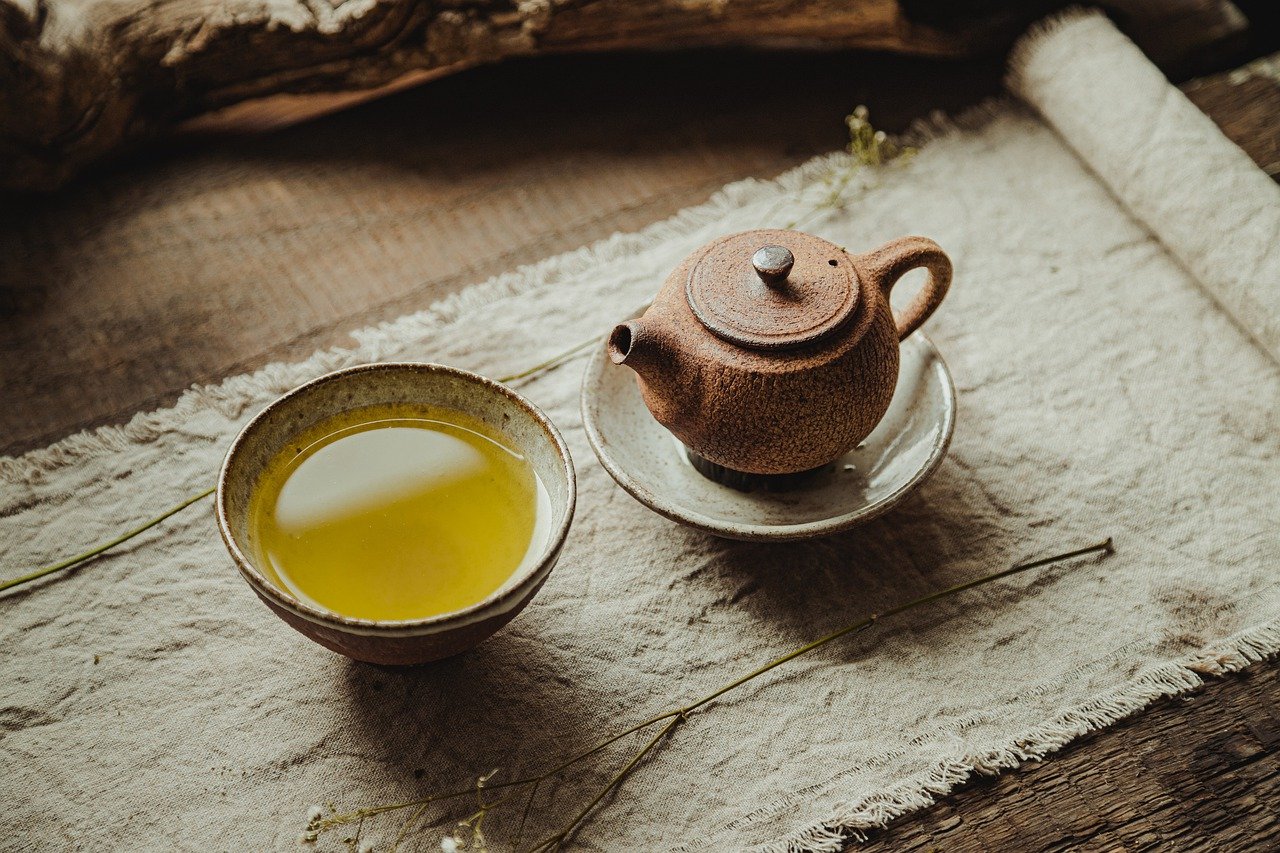
Unveiling the Delicate Charm of Yellow Tea
Among the vast spectrum of teas, yellow tea stands out as a rare gem, prized for its delicate flavor, smooth texture, and unique production process. This lesser-known tea variety originates from China, where it has been cultivated and enjoyed for centuries, offering a taste of tradition and a glimpse into the rich tapestry of Chinese tea culture.
The Making of Yellow Tea Yellow tea undergoes a unique and intricate production process that sets it apart from other types of tea. After the leaves are harvested, they are subjected to a steaming process similar to green tea. However, what distinguishes yellow tea is the additional step known as “smothering” or “sealed yellowing.” During this step, the leaves are wrapped in cloth or paper, allowing them to ferment slightly and develop their characteristic yellow hue and mellow flavor.

The Flavor Profile of Yellow Tea Yellow tea offers a nuanced flavor profile that is both refreshing and complex. It is known for its mild, sweet taste, with subtle hints of floral and grassy notes. The smothering process gives yellow tea a smoother, less astringent quality than green tea, making it a delightful and easy-to-drink option for tea enthusiasts seeking a more refined palate.
Health Benefits of Yellow Tea Like other types of tea, yellow tea is rich in antioxidants, which can help protect the body against oxidative stress and inflammation. It is also believed to have anti-inflammatory properties and may support heart health and improve digestion. Additionally, yellow tea contains a moderate amount of caffeine, which can help boost energy levels and improve focus without the jittery effects associated with higher caffeine beverages.

The Ritual of Yellow Tea In Chinese tea culture, the preparation and consumption of tea are steeped in tradition and ritual. Yellow tea is often enjoyed during special occasions or ceremonies, where its delicate flavor and elegant aroma can be fully appreciated. The tea is typically brewed in a gaiwan or small teapot, using water that is below boiling to avoid scalding the delicate leaves.
Yellow tea may be lesser-known compared to its more famous counterparts like green or black tea, but its unique flavor, smooth texture, and rich history make it a tea worth exploring. Whether enjoyed alone as a moment of quiet reflection or shared with friends as part of a tea ceremony, yellow tea offers a glimpse into the rich and diverse world of Chinese tea culture, inviting us to slow down, savor the moment, and appreciate the simple pleasures of life.

